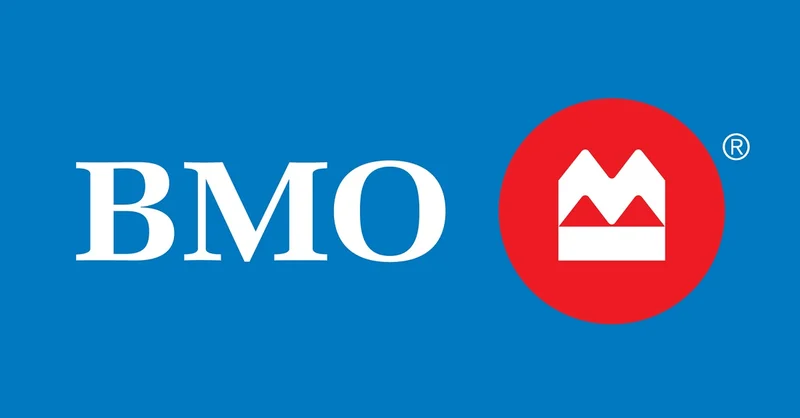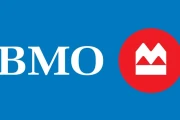Title: Trupanion: A Bargain or a Mirage? Why This Could Be the Pet Tech Rev...
2025-11-10 5 bmo
Summerfest's 2026 lineup is a masterclass in strategic scheduling, not just star power. The recent announcement that Summerfest announces Russell Dickerson as second BMO Pavilion headliner for 2026 is the latest data point in a fascinating case study of logistical optimization.
On the surface, it’s a straightforward booking. Dickerson, a Tennessee native with local ties through his wife, is a solid draw for the country demographic. But to see this announcement as merely a win for country fans is to miss the forest for the trees. The real story isn’t who was booked, but where and when. The selection of Dickerson, and his placement on the schedule, reveals a highly calculated strategy that prioritizes audience segmentation and revenue maximization over simple, brute-force star power.
Let’s look at the numbers. Five headliners have been announced for the 2026 festival so far—or to be more exact, five headlining slots across two distinct venue tiers. The American Family Insurance Amphitheater, the festival’s main stage, has secured the heavyweights: Ed Sheeran, Post Malone, and two kickoff shows from Garth Brooks. These are the low-risk, high-yield assets. Then you have the BMO Pavilion, a secondary but still significant stage, which has booked Louis Tomlinson and now Russell Dickerson. The pattern is immediately obvious.
I’ve looked at hundreds of festival lineups, and this clear bifurcation of talent is becoming the dominant model for a reason. Summerfest isn’t building a concert series; it’s engineering a diversified portfolio. The amphitheater acts are the blue-chip stocks: massive, globally recognized brands guaranteed to move tens of thousands of expensive tickets. They are the bedrock of the festival’s financial model.
The BMO Pavilion, sponsored by the financial institution BMO, serves a different, more tactical purpose. Its headliners are the growth stocks. They target specific, passionate, and high-spending demographics that might not be fully captured by the pop-centric amphitheater lineup. Louis Tomlinson pulls from the still-potent One Direction fanbase. Russell Dickerson activates the modern country audience. This isn’t about finding one artist who appeals to everyone; it’s about finding two different artists who, on the same night, appeal to two different wallets.

Consider the scheduling for June 27th. Post Malone will be at the amphitheater, drawing a massive, genre-blending crowd. Simultaneously, Russell Dickerson will be at the BMO Pavilion. This forces a choice, or more accurately, it caters to pre-existing choices. Families or groups with divergent musical tastes can split up, yet all their spending remains within the Summerfest ecosystem. It’s a brilliant method for minimizing audience churn and maximizing on-site revenue. Why did they choose a country act to run concurrently with a pop/hip-hop giant? Is the data suggesting these two fanbases have the least amount of overlap, therefore minimizing ticket-sale cannibalization?
The mechanics of the BMO Pavilion itself are a key part of this equation. The venue offers a mix of paid reserved seats and free first-come, first-served bleacher seating. (This two-tiered access model is critical, as it allows the festival to directly monetize an artist's core fanbase while using the same artist's magnetism to boost general admission sales and park traffic). This hybrid model makes it the perfect laboratory for testing artists who are popular but perhaps not yet at the "fill a 23,000-seat amphitheater" level.
It’s a lower-risk, high-upside play. The festival can satisfy a specific audience segment, sell a few thousand premium tickets, and use the performance as a lure to get general admission holders to spend money on food, drinks, and merchandise. The artist gets a headlining slot at a major festival, and the sponsor, whether it's BMO Harris Bank in the past or simply BMO now, gets its name associated with a consistently full and energetic venue. Everyone wins.
But does this hyper-efficient model risk creating a sterile, predictable experience? When a lineup feels less like a work of cultural curation and more like the output of a financial algorithm, does the festival lose a piece of its soul? The data suggests the financial trade-off is worth it, but the long-term cultural cost remains an unquantifiable variable.
Ultimately, the Russell Dickerson announcement confirms what the data has been suggesting all along: the most important headliner at Summerfest isn't an artist. It's the model. It’s the sophisticated, data-driven, and ruthlessly efficient machine designed to extract maximum value from every single attendee. The individual performers, as talented as they are, are simply well-chosen variables plugged into a proven formula. We're not just watching a concert; we're witnessing a masterclass in economic optimization. And from a purely analytical perspective, it’s a thing of beauty.
Tags: bmo
Related Articles

Title: Trupanion: A Bargain or a Mirage? Why This Could Be the Pet Tech Rev...
2025-11-10 5 bmo